Meal Plan for Kids That Actually Works With Their Brain (Not Against It)

Look, feeding kids is hard enough without worrying about whether you’re doing it “right.” Whether you’re stretching every dollar or have a full pantry, most of us are just trying to get through the day without a food fight – literally. But what if I told you the secret isn’t finding the “perfect” foods, but figuring out when and how your specific kid’s body actually wants to eat? It’s like finally getting the instruction manual that should have come with your child.
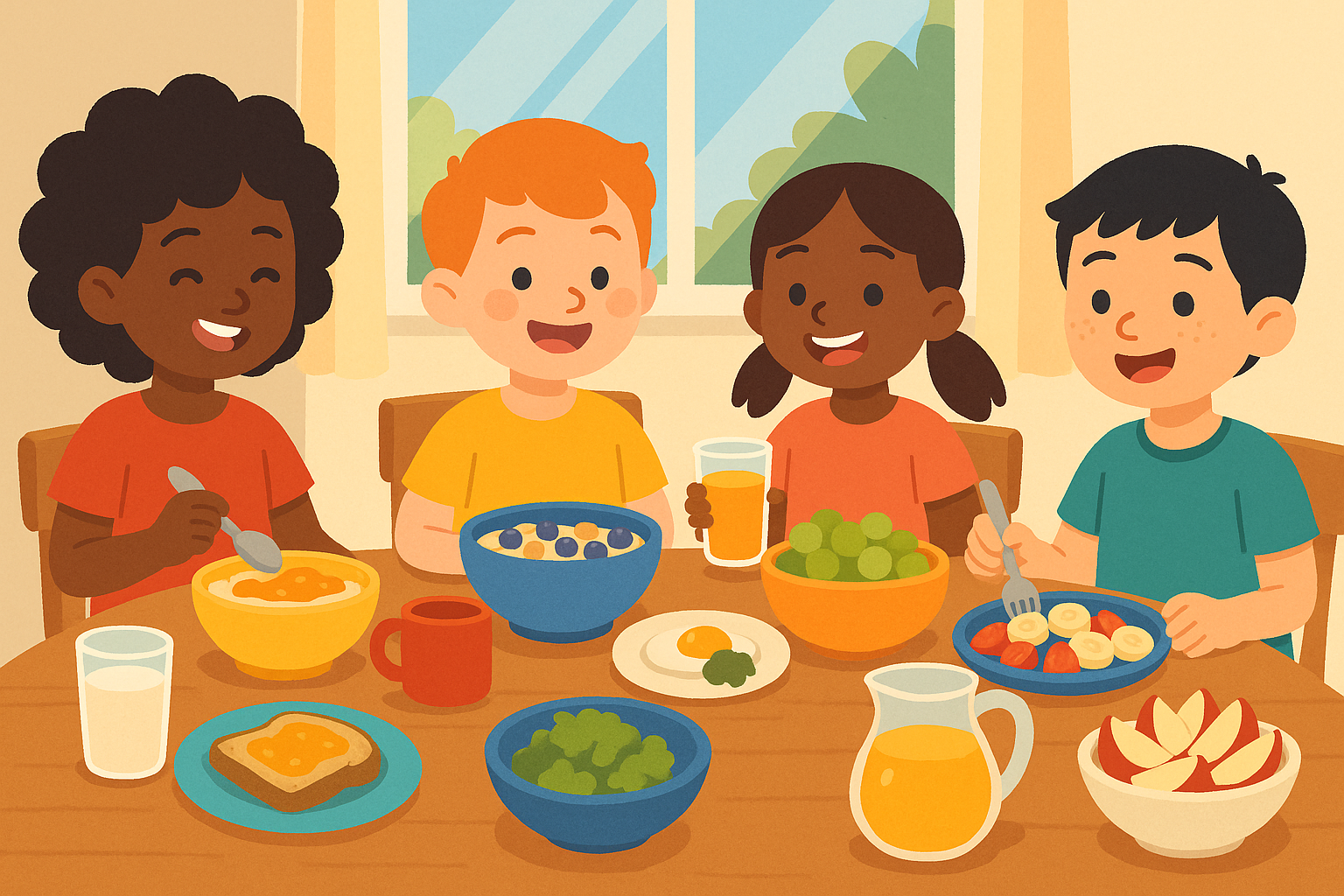
Table of Contents
- Why Traditional Kid Nutrition Advice Falls Short
- Your Child’s Internal Clock Controls Everything
- The Gut-Brain Connection Your Pediatrician Didn’t Mention
- When Picky Eating Isn’t Really About Food
- Making This Work in Real Life (Without Losing Your Mind)
- Emergency Plans for When Life Gets Messy
TL;DR
- Your kid has an internal clock that’s way more sophisticated than anything Apple makes – timing matters more than you think
- Tiny creatures in your child’s belly are literally talking to their brain, affecting mood and focus (it’s not just about digestion)
- Many “picky eaters” aren’t being difficult – their brain just processes textures and flavors differently
- You can start with simple changes like adjusting breakfast timing and gradually build from there
- This approach works even with busy schedules and tight budgets when you know what to prioritize
Why Traditional Kid Nutrition Advice Falls Short
Ever wonder why your kid comes home from school acting like they haven’t eaten all day, even though you know they had lunch? Turns out, feeding millions of kids the same thing at the same time doesn’t work for everyone. Shocking, I know.
Most parenting advice treats all children like they’re identical little robots, ignoring the fact that kids have vastly different ways their brains work, sleep patterns, and how they experience different textures and flavors. I’ve spent years watching families struggle with the standard “balanced meal” approach because it doesn’t account for when a child’s body can actually use the good stuff or how their unique brain chemistry affects their relationship with food.
Over 95,000 schools and institutions serve school lunches to 29.7 million students each day, including 20.5 million free lunches, yet standardized meal timing and composition often conflicts with when individual kids’ bodies are actually ready for food. The School Nutrition Association data shows we’re feeding millions of kids without considering their individual biological needs.
Take Sarah – her 8-year-old Jake turned into a monster every day after school. Everyone kept saying “more protein at lunch!” But here’s the thing: Jake is naturally a night owl who was being forced to choke down eggs at 6:30 AM when his body was basically still asleep. Once she figured out his natural rhythm and shifted things around, the after-school meltdowns disappeared. Like magic, but with science.
Understanding your child’s unique nutritional needs goes beyond conventional approaches, much like how Dr. Mark Hyman’s breakfast principles emphasize timing and individual body chemistry over one-size-fits-all recommendations. When we create a meal plan for kids that honors how their individual body works, everything changes.
Your Child’s Internal Clock Controls Everything
Understanding Your Kid’s Natural Rhythm
Your kid has an internal clock that tells their body when to wake up, when to get hungry, and when to crash. The problem? Most of us are trying to force our kids to eat on OUR schedule, not theirs. Working with this natural rhythm instead of against it can dramatically improve both behavior and how well they actually absorb nutrients. I’ve watched families transform their daily struggles simply by paying attention to these biological patterns.
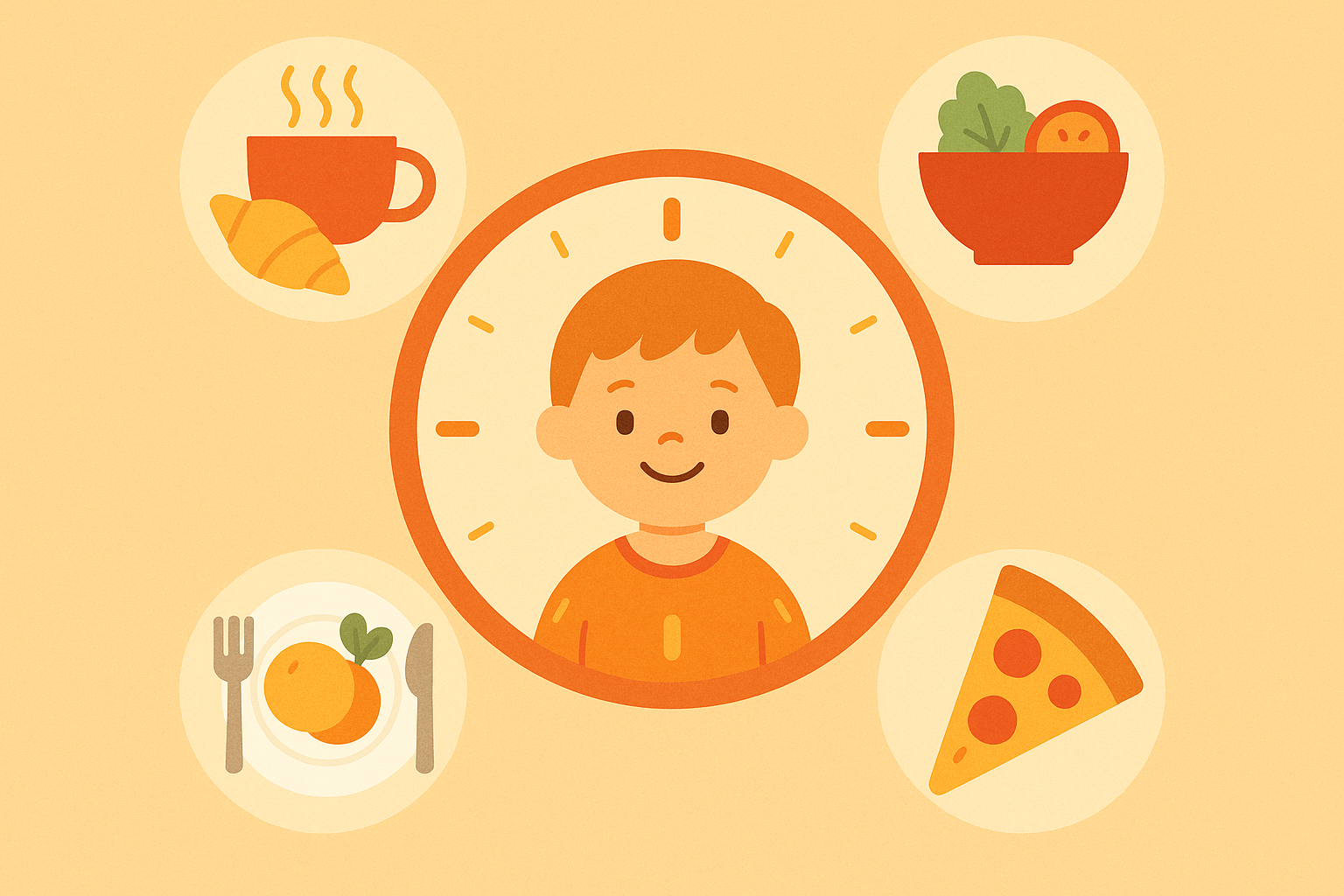
Morning Kids vs. Night Owl Children Need Different Strategies
If your kid bounces out of bed ready to conquer the world, they need protein ASAP to keep that energy stable. But if they’re like my friend’s daughter who needs 20 minutes just to remember her own name in the morning? Forcing a big breakfast is like trying to fuel a car that’s still warming up. I’ve seen too many parents battle their naturally late-rising kids over breakfast when the real issue is timing, not appetite.
The 30-60 Minute Breakfast Window That Changes Everything
There’s a specific window after waking when your child’s stress hormones naturally peak, making this the optimal time for their first meal. Missing this window often leads to afternoon crashes and difficulty focusing on homework later in the day. The difference between hitting this window and missing it can be the difference between a smooth day and constant behavioral challenges.
Creating nutritious morning meals that work with your child’s natural rhythm is similar to the principles found in perfecting oatmeal preparation – timing and technique matter more than ingredients alone.
| Child Type | Optimal Breakfast Timing | Best First Foods | Energy Pattern |
|---|---|---|---|
| Morning Lark | Within 30 minutes of waking | Protein + complex carbs | High energy AM, steady decline PM |
| Night Owl | 60-90 minutes after waking | Light protein + fruit | Gradual energy build throughout day |
| Balanced Type | 45-60 minutes after waking | Balanced macro mix | Consistent energy with minor fluctuations |
Strategic Timing for Maximum Impact
Beyond breakfast timing, there are specific windows throughout the day when children’s bodies are primed for different types of nutrients. Understanding these windows allows you to maximize both physical growth and brain performance without turning into a nutrition scientist.
The 30-Minute Post-Activity Rule
After physical activity, children have a brief window where their muscles can rapidly absorb carbohydrates for recovery. Kids who get the right fuel during this window avoid that 4 PM witching hour when your angel turns into a tiny tornado. I’ve noticed this pattern repeatedly – the children who eat strategically after recess or sports practice maintain better focus and emotional regulation throughout the evening.
Bedtime Nutrition That Actually Improves Sleep
Certain combinations of foods consumed 2-3 hours before bedtime naturally support your child’s sleep hormones. Better sleep quality directly impacts next-day appetite regulation and emotional stability. When you get this timing right, you’re setting up a positive cycle that improves everything from morning mood to afternoon attention span.
Matching Brain Food to Brain Tasks
Math homework requires different fuel than creative projects. I’ve learned to align glucose-rich snacks with analytical tasks while providing sustained energy sources during activities that benefit from deeper thinking. This isn’t about micromanaging every snack – it’s about understanding that your child’s brain has different fuel needs for different types of thinking.

The Gut-Brain Connection Your Pediatrician Didn’t Mention
Specific Bacteria for Specific Behaviors
Forget everything you think you know about probiotics. We’re not talking about expensive yogurt here. Specific tiny creatures living in your kid’s belly are literally talking to their brain, influencing whether they’re anxious, happy, or ready to flip tables. The research on this connection keeps expanding, and the practical applications are game-changing for families dealing with behavioral challenges.
Reducing Test Anxiety Through Your Child’s Gut
Certain beneficial bacteria produce calming chemicals that naturally reduce anxiety. Foods containing Jerusalem artichokes and green bananas feed these specific bacteria, potentially helping with test stress and social anxiety. I’ve worked with families who saw significant improvements in their child’s test performance simply by incorporating these foods into their regular rotation.
Mood Stability Starts in the Digestive System
Here’s something that blew my mind: most of your kid’s “happy chemicals” aren’t made in their brain – they’re made in their stomach. So when people say “trust your gut,” there’s actually some serious science behind it. Strategic inclusion of fermented foods beyond basic yogurt – kefir smoothies and fermented applesauce – can support more stable moods throughout the day.
Supporting your child’s gut health naturally aligns with understanding how drinking vinegars can enhance digestive wellness as part of a comprehensive approach to family nutrition.
With meal delivery services becoming increasingly popular for busy families, “Best Meal Delivery Services for Families” from Bon Appétit highlights how services like Hungryroot and Green Chef are making it easier for parents to provide organic, gut-health supporting meals without extensive meal planning.
Fighting Inflammation at the Source
Many childhood behavioral and attention issues stem from chronic low-grade inflammation that standard approaches only mask rather than address. Think of your kid’s gut like a garden – the good bacteria are like helpful plants that need the right food to grow and crowd out the weeds. Creating anti-inflammatory meal patterns tackles the root cause rather than managing symptoms. I’ve seen children’s focus improve dramatically when we address inflammation through strategic nutrition.
The Omega Balance That Most Families Get Wrong
The typical American diet creates an inflammatory ratio that can worsen attention and behavioral issues. Achieving the optimal balance requires strategic meal planning that reduces processed food inflammation while incorporating marine-based omega-3s in formats kids will actually eat. This means getting creative with fish preparation and finding plant-based omega-3 sources that don’t trigger texture sensitivities.
Making Anti-Inflammatory Eating Fun
Weekly rotation of colorful plant compounds prevents adaptation while maintaining maximum anti-inflammatory benefits. I use a “rainbow tracking” system that turns nutrition into a game kids want to participate in. When children feel involved in the process rather than controlled by it, compliance becomes cooperation.

When Picky Eating Isn’t Really About Food
Working With Sensory Processing Differences
Before you blame yourself for raising a “difficult eater,” consider this: your kid might not be picky – their brain might just process textures, smells, and tastes differently than yours does. It’s not defiance, it’s neurology. Many children have undiagnosed sensory processing differences that dramatically impact their relationship with food. What looks like “picky eating” is often a brain response that requires specialized approaches honoring how their nervous system processes sensory information.
Gradual Texture Introduction That Actually Works
Systematic introduction of new textures through carefully designed meal progressions can expand palate acceptance without triggering sensory overwhelm. This isn’t about forcing foods – it’s about creating safe pathways for exploration. The key is moving slowly enough that the child’s nervous system can adapt without going into protective mode.
Foods That Provide Sensory Regulation
Some children seek deep pressure sensory input through chewy foods, crunchy vegetables, and resistance-based eating. Understanding whether your child is sensory-seeking or sensory-avoiding changes everything about meal planning. A sensory-seeking child might thrive on raw carrots and chewy granola bars, while a sensory-avoiding child needs smooth textures and mild flavors.
Emma used to think her 6-year-old Maya was just being stubborn about crunchy foods. Turns out, those textures felt overwhelming to Maya’s nervous system – like nails on a chalkboard, but in her mouth. Once Emma understood this wasn’t about willpower, she started with smooth vegetable purees mixed into familiar foods, then gradually introduced finely minced vegetables, then small soft pieces, and finally regular textures over a 4-month period. Maya now enjoys roasted vegetables because her sensory system was gradually prepared for the texture changes.
Calming Combinations for Overwhelmed Systems
Pairing specific food temperatures and textures with strategic meal positioning can support children who struggle with sensory overwhelm during eating times. Sometimes the environment matters as much as the food itself. Dimmed lighting, reduced noise, and comfortable seating can make the difference between a successful meal and a meltdown.
Neurodivergent-Friendly Approaches
Children with ADHD, autism spectrum differences, and other neurodivergent traits need meal plans that work with how their brain works rather than against it. This requires understanding how executive function, hyperfocus, and sensory processing affect eating patterns.
Reducing Decision Fatigue Around Food
Simple, predictable meal structures reduce the mental load on children who already struggle with executive function while ensuring optimal nutrition for brain development and focus. When every meal requires multiple decisions, neurodivergent children can become overwhelmed before they even start eating.
Fueling Hyperfocus Without Disruption
Grab-and-go nutritional options that can be consumed during periods of intense focus allow neurodivergent children to maintain their flow states while still getting proper nutrition. Interrupting hyperfocus for a formal meal can be counterproductive, but having nutrient-dense finger foods available maintains both focus and nutrition.
Maintaining Safe Foods While Expanding Options
Rather than eliminating preferred foods, I’ve learned to maintain a core group of accepted options while gradually expanding choices through strategic nutrient fortification and gentle exposure techniques. This approach respects the child’s need for predictability while slowly building flexibility.
Supporting children with different brain wiring requires understanding how digestive wellness impacts behavior and focus, making gut health a cornerstone of neurodivergent-friendly nutrition.
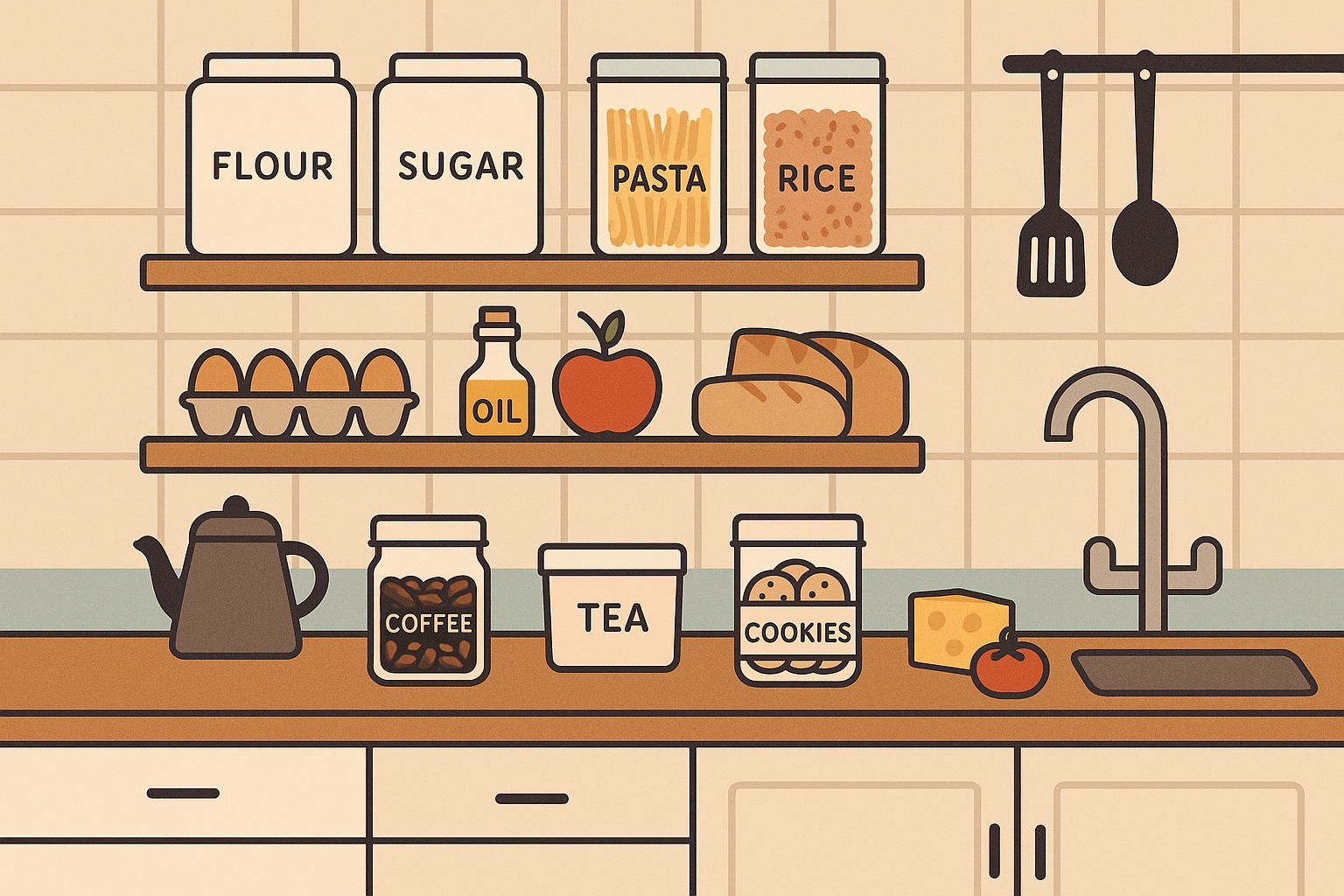
Making This Work in Real Life (Without Losing Your Mind)
Honest Assessment of Your Family’s Reality
Let’s get real for a minute. If you’re already running on fumes and can barely get dinner on the table, this needs to make your life easier, not harder. We’re talking about small tweaks that fit into your actual life – not some Pinterest-perfect fantasy. The most sophisticated meal plan fails if it doesn’t account for your actual available time, energy, and skill levels. Realistic planning prevents the all-or-nothing mentality that derails most nutrition efforts.
Mapping Your True Capacity
Honestly assessing available time, energy, and cooking skills allows you to create meal plans that reduce rather than increase family stress. This isn’t about perfection – it’s about sustainable progress that actually fits into your real life.
Family Capacity Assessment Checklist:
- ☐ Available cooking time on weekdays (be realistic)
- ☐ Weekend meal prep time available
- ☐ Number of family members with dietary restrictions
- ☐ Budget constraints for specialty ingredients
- ☐ Kitchen equipment and storage limitations
- ☐ Child’s current accepted foods list
- ☐ Family stress tolerance for food changes
Maximizing Nutrition Within Your Constraints
You don’t need to become a meal-prep influencer or blow your grocery budget on superfoods. Sometimes the biggest win is buying the right basics and knowing how to use them when you’re exhausted on a Tuesday night. Strategic shopping, batch preparation, and multi-purpose ingredient selection can maximize nutrition while working within budget and time limitations.
With 2.6 billion breakfasts served annually through school programs and varying reimbursement rates from $2.37 for free breakfasts to $0.39 for paid breakfasts, many families are looking for ways to supplement institutional meals with targeted nutrition that supports their child’s individual needs, according to the School Nutrition Association.
Step-by-Step Implementation That Sticks
Please don’t try to change everything at once. Pick ONE thing that makes you think “oh, that might explain why…” and start there. Maybe it’s just shifting breakfast 30 minutes later. That’s it. See what happens. Build from there when you’re ready . Introducing advanced nutritional concepts requires a systematic approach that doesn’t overwhelm families or trigger child resistance. I’ve developed a progressive protocol that builds success upon success, because sustainable change happens gradually.
Weeks 1-2: Becoming a Detective
Track current eating patterns, mood correlations, and energy levels to establish baseline data before making any changes. This observation period often reveals patterns you never noticed before. You might discover your child’s afternoon meltdowns consistently happen exactly two hours after lunch, or that their best focus occurs at specific times of day.
Weeks 3-4: Testing One Thing at a Time
Introduce one element (adjusting meal timing) while maintaining familiar foods to isolate the impact of each change. This prevents confusion about what’s actually working. When you change multiple variables simultaneously, you can’t identify which interventions are creating the positive results.
Weeks 5-8: Building Your System
Systematically layer additional elements while monitoring child response and family stress levels. This gradual approach prevents overwhelm while building sustainable habits. Each new element should feel manageable rather than overwhelming.
Weeks 9-12: Creating Your Family’s Unique Approach
Customize the approach based on observed outcomes and family feedback to create a sustainable long-term system that fits your specific situation and your child’s unique needs. By this point, you’ll have enough data to know what works for your family and what doesn’t.
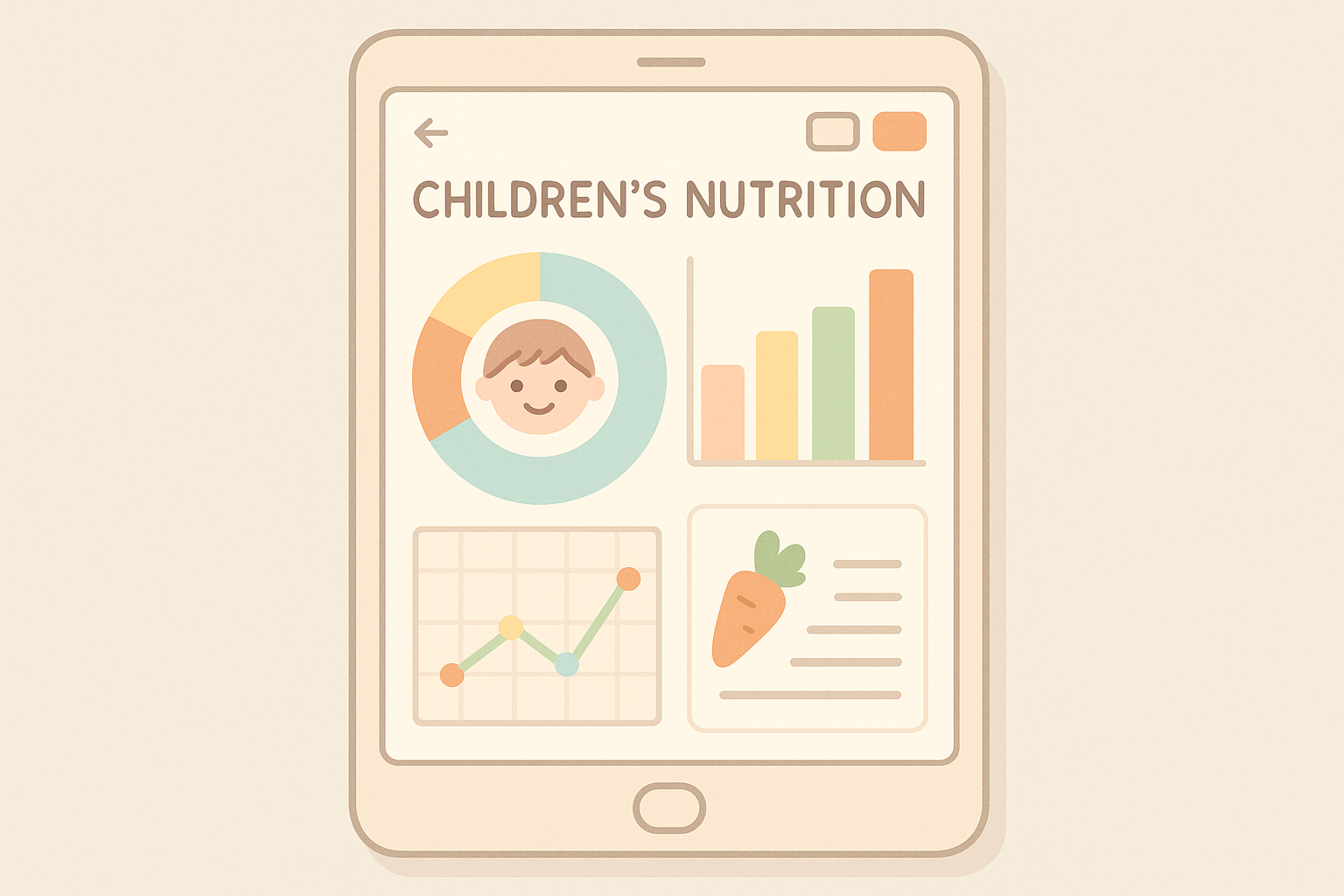
Meal Prep That Supports Brain Development
Strategic preparation methods maintain the integrity of time-sensitive nutritional elements while accommodating real family schedules. This isn’t about spending entire weekends cooking – it’s about smart preparation that saves time and preserves nutrition.
Batch Cooking for Optimal Timing
Preparing base ingredients that can be quickly assembled into meals that work with your kid’s natural rhythm throughout the week, including pre-portioned protein sources for morning energy support and pre-prepped complex carbs for afternoon energy stability. I focus on components that can be mixed and matched rather than complete meals that lock you into one option.
Preserving the Good Stuff During Storage
Specific storage techniques maintain beneficial bacterial cultures and prevent the degradation of sensitive compounds such as probiotics and omega-3s, ensuring your prep work doesn’t undermine your nutritional goals. Heat-sensitive nutrients require different handling than stable compounds, and knowing these differences prevents wasted effort.
Effective meal preparation techniques can be enhanced by understanding how to preserve nutrients in homemade preparations while maintaining both flavor and therapeutic benefits.
| Nutrient Type | Storage Method | Maximum Storage Time | Preparation Tips |
|---|---|---|---|
| Probiotics | Refrigerate in glass containers | 3-5 days | Add to meals just before serving |
| Omega-3 rich foods | Freeze in single portions | 2-3 months | Thaw in refrigerator, never microwave |
| Prepped vegetables | Store in breathable containers | 5-7 days | Blanch briefly to maintain nutrients |
| Cooked proteins | Vacuum seal or airtight containers | 3-4 days refrigerated | Cool completely before storing |
Using Technology Without Obsessing
Modern tools can help identify patterns between meal timing, food choices, and child behavior without turning mealtime into a clinical experience. The key is using technology to support intuition rather than replace it.
Tracking Mood-Food Connections
Digital tools that help parents identify patterns between specific foods/timing and their child’s emotional regulation, attention span, and energy levels can reveal insights that transform your approach. Simple photo logs of meals paired with brief behavior notes often show correlations that surprise parents.
Sleep and Nutrition Data That Actually Helps
Monitoring how different evening meal compositions affect sleep quality and next-day behavior creates personalized bedtime nutrition protocols that improve the entire family’s rest. When you can see the direct connection between dinner choices and morning mood, meal planning becomes much more purposeful.
Emergency Plans for When Life Gets Messy
Maintaining Nutrition During Crisis
Because life happens. Your kid gets sick, work explodes, or you’re dealing with family drama – and suddenly your carefully planned meals go out the window. Here’s how to keep the important stuff going even when everything else falls apart. Simplified approaches that maintain core nutritional principles during illness, family emergencies, or high-stress periods ensure that nutrition goals aren’t completely abandoned when elaborate meal planning isn’t feasible.
Sick Day Strategies That Support Recovery
Modified meal plans that support immune function while maintaining gut health during illness, including easily digestible options that still provide mood-stabilizing nutrients when regular meals aren’t appealing. Illness disrupts normal eating patterns, but strategic nutrition choices can actually speed recovery.
When Marcus got hit with a stomach bug, his mom Lisa didn’t panic about “ruining” his nutrition. She just focused on the basics – keeping him hydrated, supporting his gut recovery, and maintaining his usual eating rhythm with gentler foods. She offered bone broth with a pinch of sea salt for electrolytes, mashed banana with a tiny amount of probiotic powder, and small sips of ginger tea with honey. Even during illness, she maintained his natural eating rhythm with lighter versions of his usual meal timing, which helped him recover faster and return to normal eating patterns without resistance.
Travel Without Nutritional Disaster
Portable nutrition solutions that maintain natural rhythm support and sensory processing accommodations while away from home, because vacation shouldn’t mean abandoning everything that helps your child thrive. Planning ahead prevents the complete dietary chaos that often accompanies family trips.
Disney’s announcement of “free dining plans for kids ages 3 to 9” from ABC7 New York shows how even major family destinations are recognizing the importance of making nutritious meals accessible to families, though parents still need strategies for maintaining their child’s specific nutritional timing and sensory needs even during vacation dining.
Navigating Social Eating Situations
Strategies for maintaining nutritional goals while allowing children to participate fully in social eating experiences such as birthday parties, school events, and playdates without creating food anxiety or social isolation. Social eating presents unique challenges that require advance planning and flexibility.
Before the Party Preparation
Nutritional strategies implemented before social eating events minimize the impact of less optimal food choices on behavior and energy levels, allowing kids to enjoy celebrations without major consequences.
Pre-Party Preparation Checklist:
- ☐ Serve protein-rich snack 30 minutes before party
- ☐ Ensure child is well-hydrated before leaving home
- ☐ Pack familiar backup snacks if needed
- ☐ Review social eating expectations with child
- ☐ Plan post-party recovery meal timing
- ☐ Coordinate with host about food options if necessary
Recovery Meals That Reset Everything
Specific meal compositions designed to rebalance blood sugar, support gut health, and prevent behavioral rebounds after consuming party foods or restaurant meals help get back on track quickly. Recovery doesn’t mean punishment – it means strategic support for your child’s system.
Post-celebration recovery strategies work similarly to how immune system support requires strategic timing and nutrients to help the body bounce back from stress or disruption.
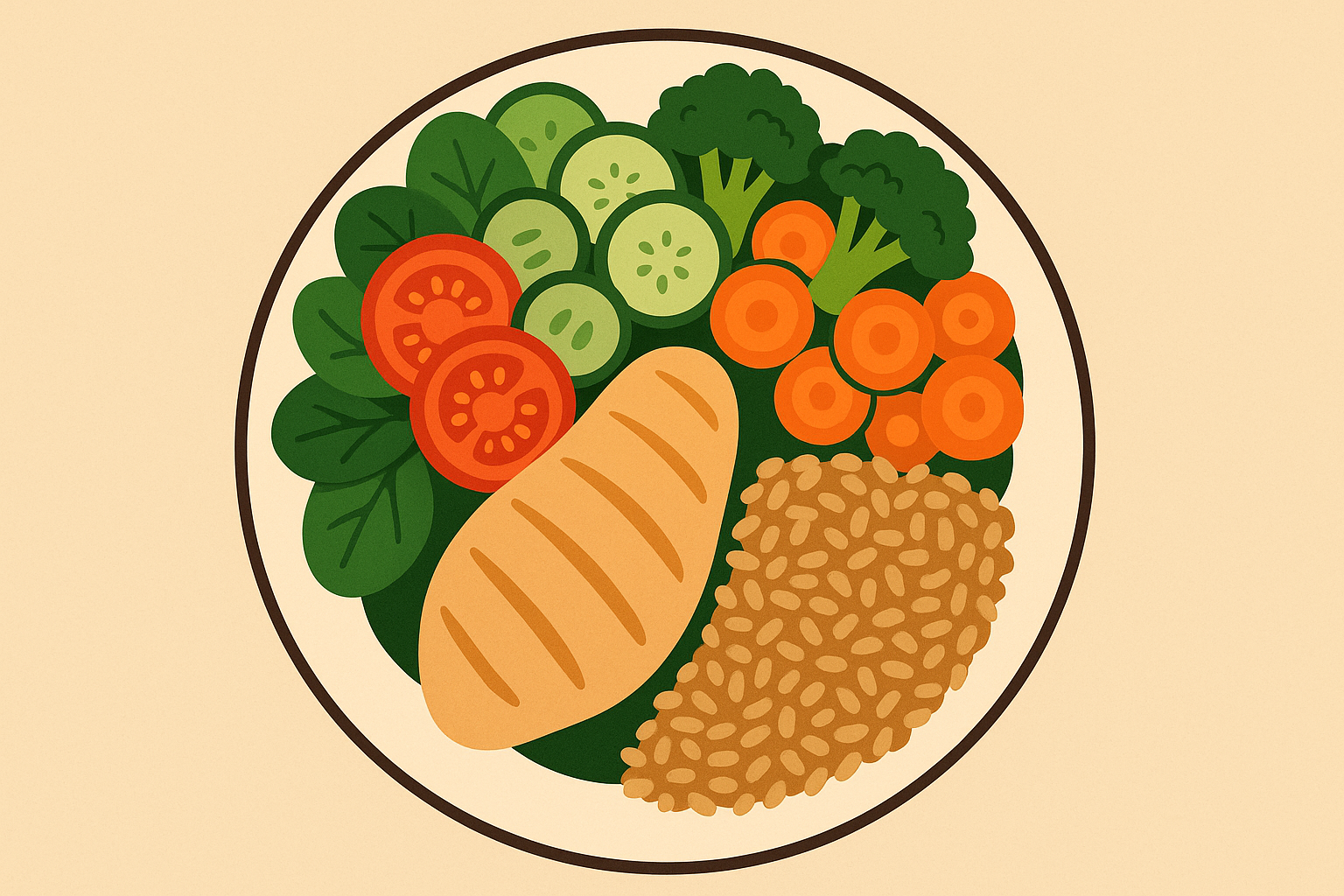
When you’re ready to dive deeper into supporting your child’s unique nutritional needs, Organic Authority offers carefully vetted supplements and wellness products that align with this neurodevelopmental approach. Their rigorous evaluation process ensures you’re getting clean, effective options that support your child’s brain development and overall health.
Advanced Troubleshooting for Complex Situations
When Multiple Issues Overlap
Many children deal with combinations of sensory processing differences, attention challenges, and gut health issues simultaneously. Addressing these overlapping concerns requires a nuanced approach that doesn’t overwhelm an already sensitive system.
Layered Sensory and Digestive Support
Children with both sensory processing differences and gut health issues need meal plans that address texture sensitivities while supporting beneficial bacteria growth. This often means finding creative ways to deliver probiotics and anti-inflammatory foods in sensory-acceptable formats. Smoothies become vehicles for fermented ingredients, while familiar textures hide nutrient-dense additions.
ADHD Plus Anxiety Nutritional Protocols
Kids dealing with both attention challenges and anxiety need carefully balanced approaches that provide focus-supporting nutrients without triggering overstimulation. Timing becomes even more critical when managing multiple brain factors. What supports attention might increase anxiety if given at the wrong time or in the wrong combination.
With schools serving meals between 10:00 AM and 2:00 PM according to federal regulations, children with complex needs often require additional nutritional support outside these windows to maintain optimal brain function throughout the day.
Seasonal and Developmental Adjustments
Your child’s nutritional needs change with growth spurts, seasonal light exposure, and developmental phases. What works perfectly in summer might need adjustment during the shorter days of winter or during periods of rapid physical growth.
Growth Spurt Nutrition Scaling
Ever notice how your kid can survive on air and attitude some days, then eat you out of house and home the next? During rapid growth periods, children’s nutritional needs can increase dramatically and unpredictably. Understanding how to scale portions and adjust macronutrient ratios prevents the behavioral instability that often accompanies growth spurts. Suddenly increased appetite isn’t defiance – it’s biology demanding more fuel for development.
Seasonal Natural Rhythm Shifts
Changes in daylight exposure throughout the year affect children’s natural sleep-wake cycles and hormone production. Adjusting meal timing and composition seasonally helps maintain optimal energy and mood stability year-round. Winter requires different nutritional support than summer, and recognizing these patterns prevents seasonal behavioral challenges.
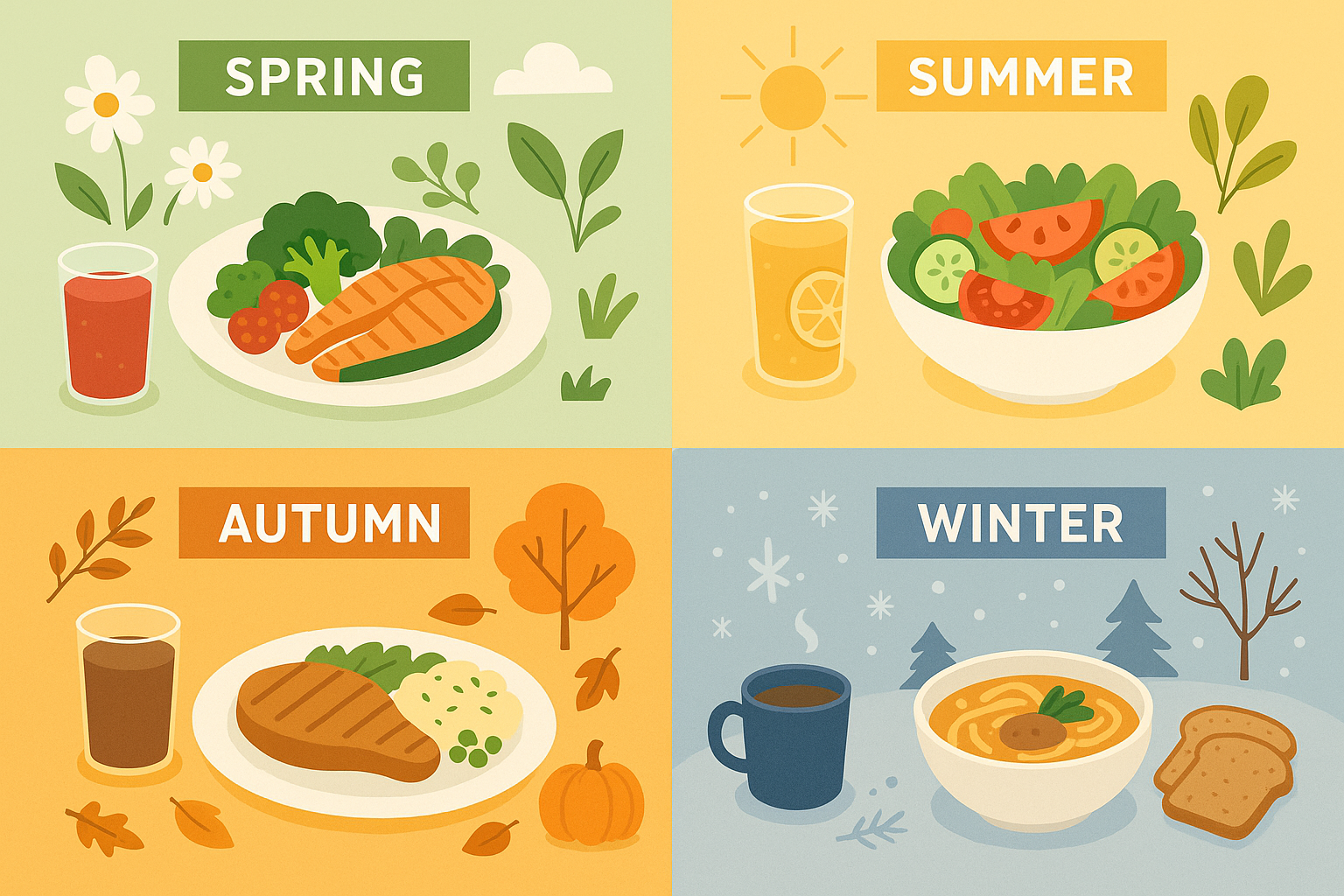
Building Food Relationship Resilience
Beyond getting proper nutrition, this approach helps children develop a healthy, sustainable relationship with food that serves them into adulthood. The goal is raising kids who understand their bodies’ signals and can make good choices independently.
Teaching Internal Hunger Cues
Many children lose touch with their natural hunger and satiety signals due to external meal scheduling and food rules. Reconnecting kids with these internal cues while maintaining nutritional goals creates lifelong healthy eating patterns. This requires patience and trust in your child’s innate wisdom about their body’s needs.
Developing Food Flexibility Within Structure
Balancing the structure needed for optimal nutrition with enough flexibility to handle real-world situations helps children develop confidence around food choices rather than anxiety or rigidity. Structure provides security while flexibility builds resilience.
Building a healthy relationship with food parallels the principles found in intuitive eating approaches that honor both nutritional needs and psychological well-being.
For families ready to take this approach to the next level, Organic Authority’s carefully curated selection of children’s supplements and gut health products can provide additional support for the more complex nutritional needs we’ve discussed. Their commitment to transparency and quality ensures you’re getting products that align with this science-based approach to children’s nutrition.
Final Thoughts
Look, I’m not trying to turn you into a nutrition scientist or make every meal feel like a chemistry experiment. Some days, getting any food into your kid without a battle is a win. This is about having a few tricks up your sleeve for when you’re ready to try something new.
Start small. Pick ONE thing that makes you think “oh, that might explain why…” and start there. Maybe it’s just shifting breakfast 30 minutes later. That’s it. See what happens. Build from there when you’re ready.
Your kid is not your neighbor’s kid, your sister’s kid, or that perfectly behaved child at the grocery store. They’re uniquely theirs, which means what works for them will be uniquely theirs too. Stop comparing and start observing.
Here’s the truth: you already know your kid better than any expert ever will. You see the patterns, you know their quirks, you can read their moods from across the room. This information is just here to support what you’re already noticing, not replace your parental superpowers.
And on the days when everything falls apart and you’re serving cereal for dinner? Your kid will be fine. Tomorrow is a fresh start, and you’re doing better than you think you are.

